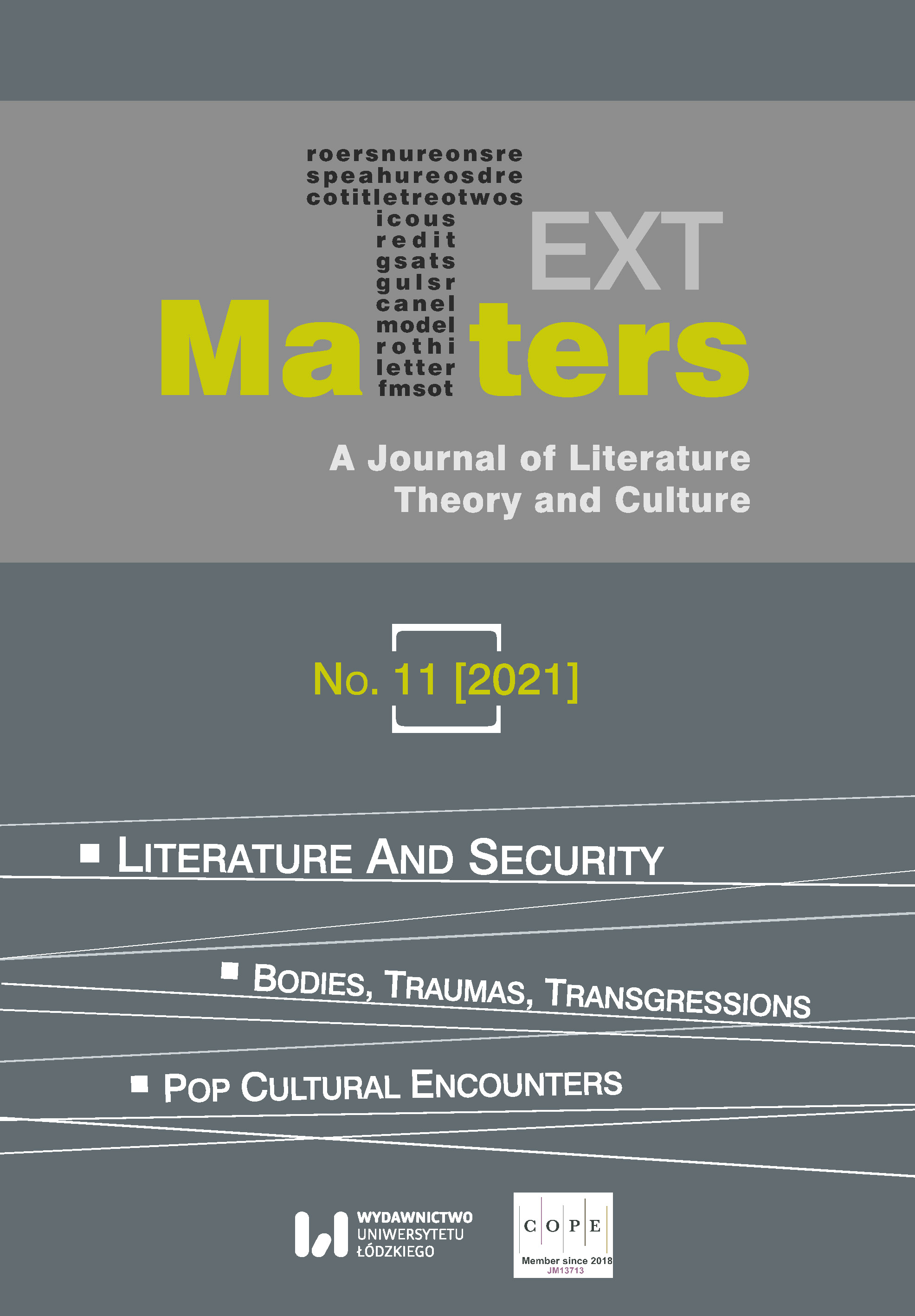From Romero to Romeo—Shakespeare’s Star-Crossed Lovers Meeting Zombedy in Jonathan Levine’s Warm Bodies
From Romero to Romeo—Shakespeare’s Star-Crossed Lovers Meeting Zombedy in Jonathan Levine’s Warm Bodies
Author(s): Magdalena CieślakSubject(s): Studies of Literature
Published by: Wydawnictwo Uniwersytetu Łódzkiego
Keywords: Jonathan Levine’s Warm Bodies; Romeo and Juliet; William Shakespeare; Baz Luhrmann’s Romeo Juliet; zombedy
Summary/Abstract: Since their first screen appearances in the 1930s, zombies have enjoyed immense cinematic popularity. Defined by Romero’s 1968 Night of the Living Dead as mindless, violent, decaying and infectious, they successfully function as ultimate fiends in horror films. Yet, even those morbid undead started evolving into more appealing, individualized and even sympathetic characters, especially when the comic potential of zombies is explored. To allow a zombie to become a romantic protagonist, however, one that can love and be loved by a human, another evolutionary step had to be taken, one fostered by a literary association. This paper analyzes Jonathan Levine’s Warm Bodies, a 2013 film adaptation of Isaac Marion’s zombie novel inspired by William Shakespeare’s Romeo and Juliet. It examines how Shakespeare’s Romeo helps transform the already evolved cinematic zombie into a romantic protagonist, and how Shakespearean love tragedy, with its rich visual cinematic legacy, can successfully locate a zombie narrative in the romantic comedy convention. Presenting the case of Shakespeare intersecting the zombie horror tradition, this paper illustrates the synergic exchanges of literary icons and the cinematic monstrous.
Journal: Text Matters: A Journal of Literature, Theory and Culture
- Issue Year: 2021
- Issue No: 11
- Page Range: 157-177
- Page Count: 21
- Language: English

